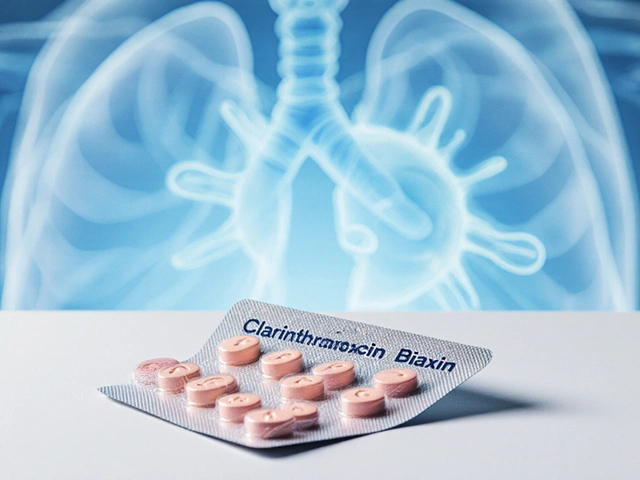Over-the-Counter Pain Meds: Your Practical Guide
When you reach for a bottle from the pharmacy shelf, you’re using over-the-counter pain meds, readily available medicines that help relieve mild to moderate pain without a prescription. Also known as OTC analgesics, they cover a range of drugs you can safely self‑manage when you know the basics. This page breaks down what’s inside that aisle, how each option works, and what to watch out for before you pop a pill.
Common Types and How They Differ
The two biggest families you’ll see are non‑steroidal anti‑inflammatory drugs (NSAIDs) and acetaminophen‑based products. Ibuprofen, an NSAID that reduces inflammation and pain, is sold under names like Motrin and Advil. Advil is a familiar label, and the drug works by blocking enzymes that produce prostaglandins, the chemicals that cause swelling and discomfort. Acetaminophen, a pain reliever and fever reducer that works mainly in the brain (often branded as Tylenol) eases aches without the anti‑inflammatory effect, making it a go‑to for headaches or fever when you don’t need to tackle swelling.
Beyond pills, topical analgesics like menthol gels, lidocaine patches, and counter‑irritant creams provide localized relief. They sit on the skin and trigger nerve signals that distract the brain from deeper pain. Because they stay where you apply them, they’re great for joint or muscle aches where you want the effect right at the source without systemic exposure.
Choosing the right product involves matching the drug’s attribute to your symptom. For a throbbing migraine, acetaminophen’s quick, central action often feels smoother, while a bruised knee benefits from ibuprofen’s ability to curb inflammation. When you need a non‑oral option—say, after a surgery where swallowing is tricky—topical gels give targeted comfort without affecting the whole body.
The safety side hinges on dosage limits and who’s taking the medicine. Adults can usually handle up to 1,200 mg of ibuprofen per day over‑the‑counter, but the prescription ceiling can rise to 3,200 mg under doctor supervision. Acetaminophen caps at 3,000 mg daily for most adults, though some guidelines suggest 4,000 mg as the absolute maximum. Staying under these thresholds prevents stomach irritation for NSAIDs and protects the liver from acetaminophen overload.
Drug interactions are the hidden trap many overlook. Ibuprofen can thin the blood a bit, so pairing it with anticoagulants like warfarin raises bleeding risk. Alcohol amplifies acetaminophen’s liver toxicity, especially if you drink regularly. Even common antihistamines or certain antibiotics can tweak how quickly these pain meds are cleared, so a quick check with a pharmacist can save a headache later.
Special populations need extra caution. Kids under 12 should only use formulations made for children, with dosing based on weight. Elderly patients often have sensitive stomachs, so they might favor acetaminophen or low‑dose ibuprofen with food. Pregnant women are usually advised to avoid NSAIDs in the third trimester because they can affect fetal circulation; acetaminophen is typically the safer alternative, but always under a doctor’s guidance.
If you’re curious about non‑drug routes, natural supplements like turmeric, ginger, or omega‑3 fatty acids show modest anti‑inflammatory benefits. They aren’t instant relief, but combined with proper movement, heat packs, and rest, they can lower the need for frequent OTC dosing.
Below you’ll find a curated set of articles that dive deeper into each of these topics—side‑by‑side comparisons of ibuprofen versus other pain relievers, dosing guides for acetaminophen, safety checks for seniors, and even travel‑friendly tips for managing indigestion that can flare up alongside pain. Use this overview to decide which option fits your situation, then explore the detailed guides for actionable advice.
Motrin (Ibuprofen) vs Alternative Pain Relievers: Pros, Cons, and Best Uses
A clear, side‑by‑side comparison of Motrin (ibuprofen) and common pain‑relief alternatives, covering effectiveness, safety, dosage, and best‑use scenarios.






